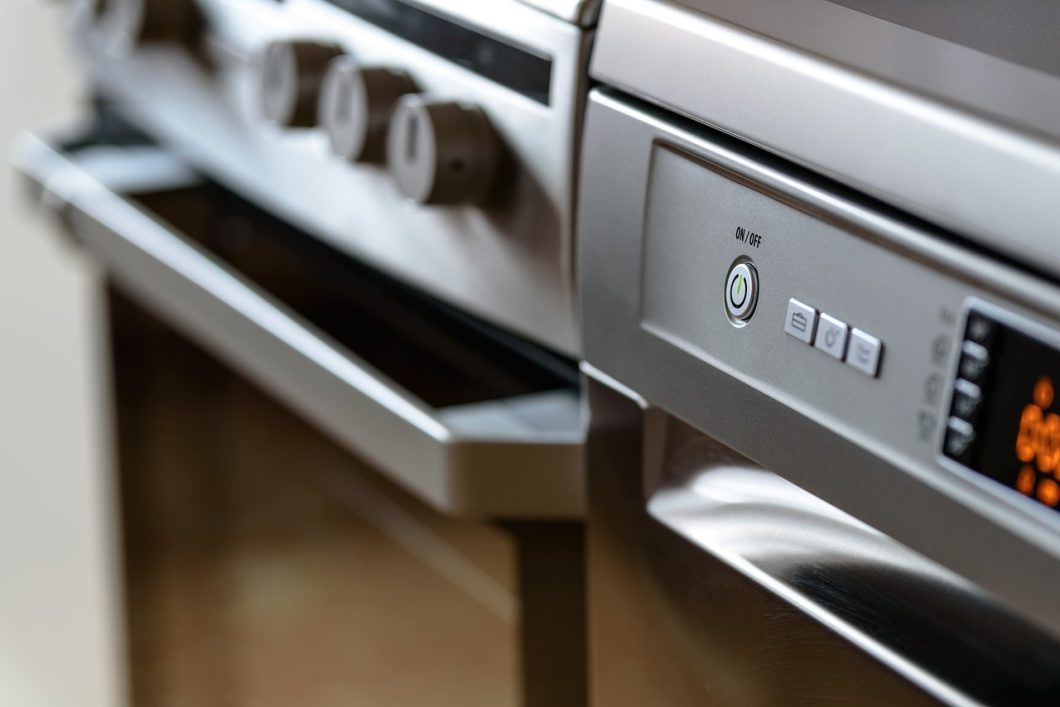Foodborne illnesses affect 1 in 6 people each year and cost the United States billions of dollars. These are illnesses transmitted to people by the food they eat and are completely preventable. Food service operations work hard to minimize foodborne illnesses. The following are 3 technologies that are working to make food safer to eat than ever before.
Food Safety Monitoring System
One of the ways that food becomes unsafe for consumption is by holding it at the incorrect temperature. Pathogens can grow in food that has been time-temperature abused in 3 ways:
- The food has not been cooked or reheated to temperatures that kill pathogens
- The food has not been cooled down correctly
- The food is not held or stored at the correct temperatures
A food temperature safety system like those developed by Sensoscientific, Inc. helps food service operations to monitor the temperature of the food they serve. A good system will establish a risk assessment so the company can identify any problem areas and suggest solutions. This system should also keep a record of the temperatures as a safety measure should any problems arise.
Hot Intervention Technology
Hot intervention technology utilizes microwaves, infrared heating, radio wave technology, and more to treat processed foods. These treatments are a “heat and kill” process that uses high temperatures to reduce or eliminate bacteria both in and on food products. While heating food to kill bacteria is nothing new, technological advances make this process more efficient and cost-effective than ever before.
Irradiation
The newest non-thermal development in food safety is in the form of irradiation. Irradiation uses high energy beams such as X-rays, gamma rays, and electron beams. These beams affect only living organisms such as bacteria and other pathogens, and not the produce they treat. The advantages of irradiation are
- There is no heating element, so it doesn’t “cook” the food
- There is no freezing element, so the food does not get ice crystals
- There is no chemical element, so there is no harmful residue left on the food
The beams pass through the food, so there is no harmful radiation left behind. Irradiation does not affect the taste, texture, or smell of the food.
There will always be a human element to food safety, and new technology cannot replace education and safe practices for cleaning, sanitizing, and personal hygiene. While there still is not one specific technology that will ensure all food is completely free of pathogens, our food industry is improving every day with new technologies making food safer to eat than ever before.

